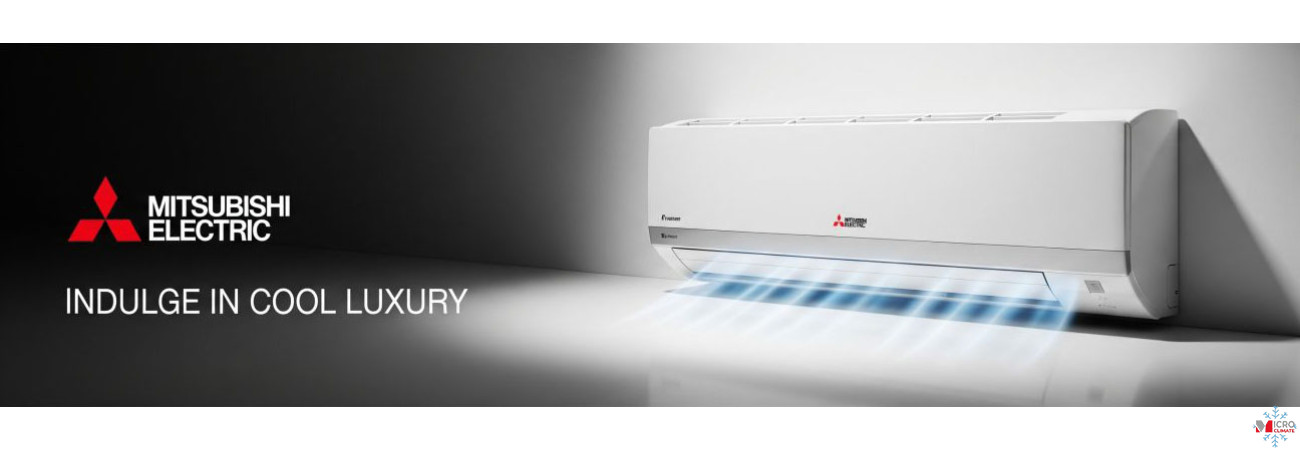
Choosing between VRF (Variable Refrigerant Flow) and ducted air conditioning systems is one of the most important decisions in office HVAC design.
Both technologies offer excellent comfort, but they differ in configuration, flexibility, and control.
Here’s a professional comparison to help you identify which system best suits your project.
1. System Configuration
-
VRF Systems:
Use refrigerant directly as the heat transfer medium. Multiple indoor units connect to one or more outdoor units, each modulating refrigerant flow precisely to match demand.
Ideal for buildings requiring independent control across multiple zones or floors. -
Ducted Systems:
Circulate air through ducts from a central indoor unit. Air passes through filters, heat exchangers, and diffusers to condition spaces uniformly.
Better suited for open-plan layouts with consistent thermal loads.
2. Efficiency and Energy Use
Both VRF and ducted systems can achieve A++ or higher energy ratings, but VRF typically provides superior part-load efficiency.
VRF: SEER 8.5 / SCOP 5.2
Ducted: SEER 7.8 / SCOP 4.7
VRF’s inverter control and zoning capabilities allow up to 40 % lower annual energy use in multi-zone offices.
3. Installation Complexity
Ducted systems require space for air ducts and ceiling plenums, which can be challenging in low-ceiling offices.
VRF systems use smaller refrigerant pipes and require less space but need precise refrigerant management.
Installation costs for VRF are typically 10–20 % higher, offset by lower running costs.
4. Control and Flexibility
VRF systems offer superior individual control. Each zone can be adjusted independently, ideal for multi-tenant or open-plan offices.
Ducted systems provide centralised control — suitable for uniform comfort in single-tenant offices.
5. Air Quality and Filtration
Ducted systems often include HEPA filters and fresh air integration.
VRF systems can connect to ventilation units (HRV/ERV) to achieve similar results.
For environments where air purity is critical (e.g., healthcare, conference rooms), ducted systems may have a slight advantage.
6. Noise and Aesthetics
Both systems operate quietly:
-
VRF indoor units: 24–30 dB(A)
-
Ducted diffusers: 20–25 dB(A)
Ducted systems are nearly invisible, while VRF units (cassettes or wall types) are visible but discreet.
7. Maintenance and Longevity
VRF systems require periodic refrigerant leak checks but generally last 20–25 years.
Ducted systems have simpler maintenance (filter cleaning, fan servicing) and similar lifespan if maintained properly.
8. Cost Overview
| Feature | VRF System | Ducted System |
|---|---|---|
| Initial Cost | Higher (+15%) | Lower |
| Efficiency | Excellent | High |
| Zoning Control | Individual per zone | Central |
| Installation Space | Minimal | Requires ceiling space |
| Maintenance | Moderate | Easy |
| Ideal Use | Multi-zone offices | Open-plan offices |
Conclusion
Both VRF and ducted systems are highly efficient options for UK offices.
VRF offers maximum flexibility and energy savings for multi-zone control, while ducted systems provide silent, uniform comfort for open layouts.
The final choice depends on building design, ceiling space, and control preference — but either solution guarantees professional-grade comfort and efficiency when designed correctly.




